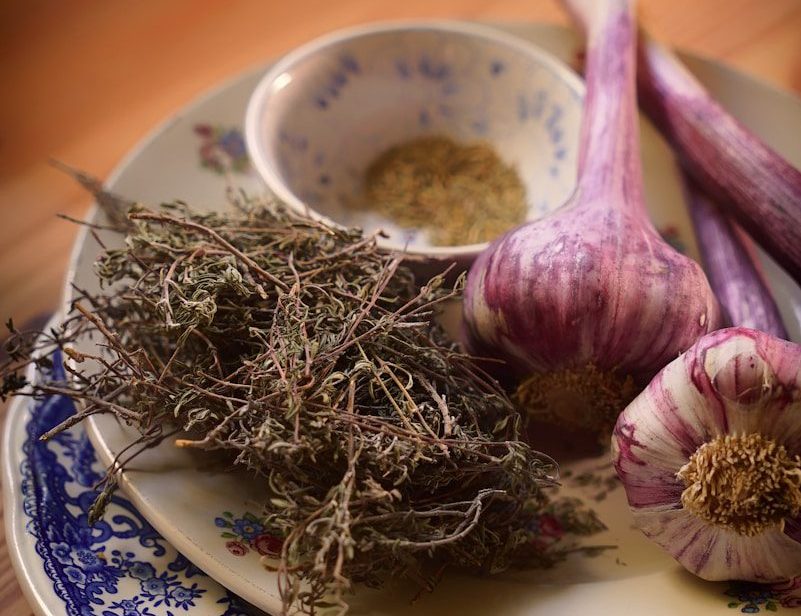How Birds and Other Flying Creatures Can Benefit a Garden
Seeds are planted, watered, washed with sunlight, charged with electrons during a thunder and lightning storm and nurtured to maturity. We as humans absolutely depend on this process. But so do the pollinators. Those hard-working players in this ecological balancing act are active in our gardens 24/7. Birds, bees, butterflies, moths, bats, beetles, ants and … Read more

